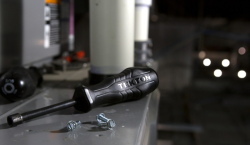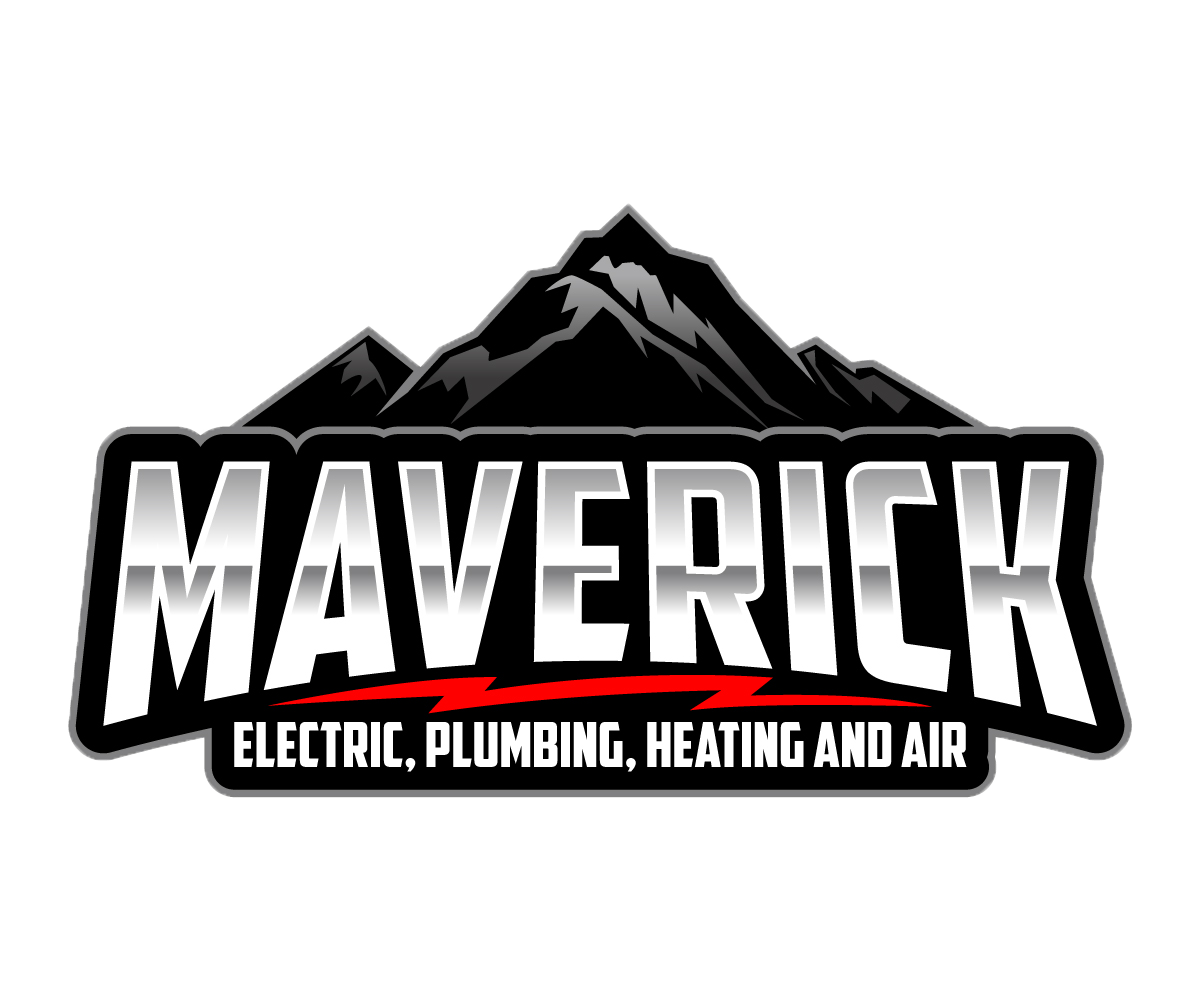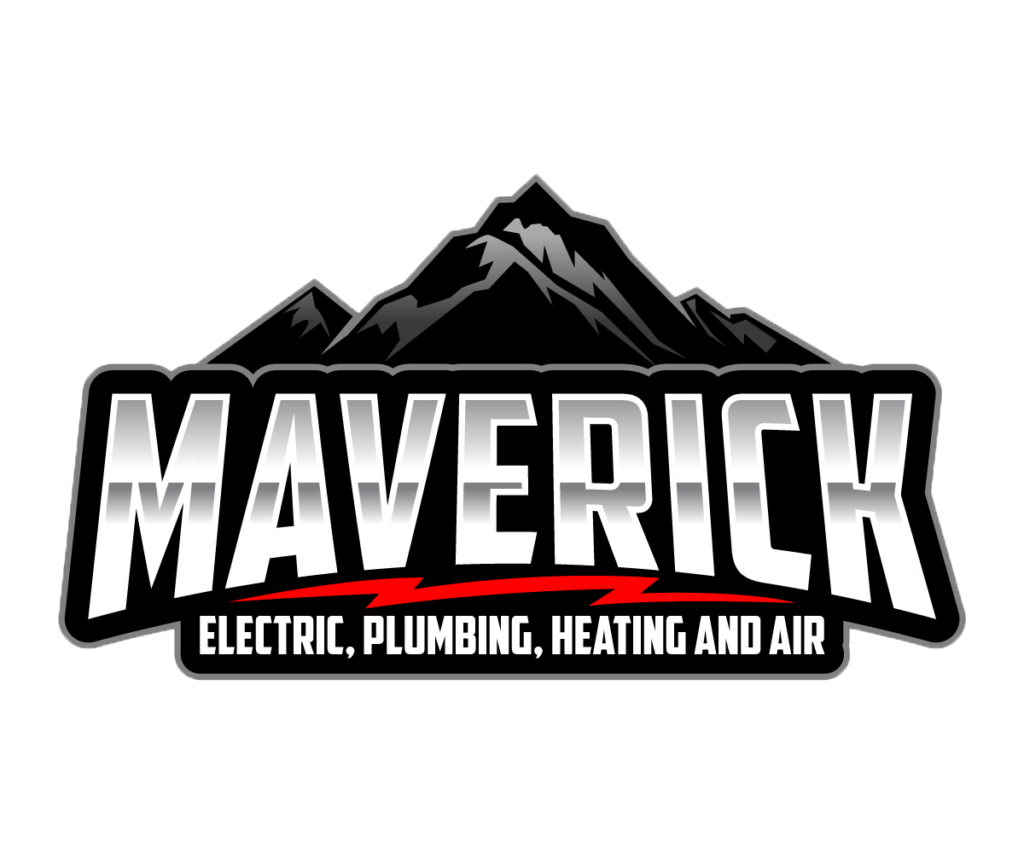 You need a functional HVAC system to keep comfortable during the hot California summers and chilly winters. But what do you do when your heat pump, furnace, or ductless mini-split system stops working how it should? There are a couple of easy fixes that you can try before you call your local HVAC technician.
You need a functional HVAC system to keep comfortable during the hot California summers and chilly winters. But what do you do when your heat pump, furnace, or ductless mini-split system stops working how it should? There are a couple of easy fixes that you can try before you call your local HVAC technician.
This HVAC troubleshooting guide will address the most common HVAC system issues and provide some basic HVAC troubleshooting tips.
When the HVAC System Won’t Turn On
The first and most common issue is that your HVAC unit won’t turn on – no matter how many times you press the button, turn the dial, or change the remote batteries. There are a few things you can do to fix the problem if there is no power flowing to the HVAC system in your home or another building you look after.
Make sure the HVAC is on at the circuit breaker
Sometimes the simplest solution could be what you need. Check the circuit breaker to make sure your unit is on. It might have a tripped circuit breaker or blown fuse due to a power surge or power supply cut, and all you have to do is switch it on again.
Check the cords for damage
You may have a rodent or pest problem and not realize it. If everything looks good at the circuit breaker, inspect the electrical cords for any potential damage or fraying caused by pests chewing on them.
Check the power outlet
If the circuit breaker and cords are not the root of the problem, test your power outlet. Unplug the air conditioner and plug in another high-voltage appliance. If it doesn’t turn on, the issue could be the outlet. If it does, you should contact an HVAC technician about the fault with your air conditioning or HVAC system.
When Your Thermostat is Faulty
Wondering why your heater is blowing cool air instead of hot air? A faulty thermostat affects temperature regulation by sending the wrong signals to your other AC system or furnace. This malfunction might also make your HVAC turn on and off randomly, which is not ideal whether you need the room heated or cooled.
Below are some simple fixes to get your thermostat working properly.
Check the power levels
Many thermostats are battery operated. A malfunction may be the result of the battery running low, in which case a new set of batteries should fix the issue.
Clean the inside of the thermostat
If the inside of your thermostat is filled with dust and corrosion, this can affect how it works. You have to remove the cover and gently rid the inside of dust and dirt.
Note that some thermostats can have their covers unscrewed and opened while still mounted, but others must be removed from the wall first. Once you have removed the thermostat cover, use a vacuum with a hose attachment or a soft brush to clean it out.
Unless you have the training and experience necessary, you can only do so much with these HVAC troubleshooting tips. If some new batteries and a good cleaning don’t fix the problem, it’s time to call the professionals. We can get the job done right the first time.
When Airflow is Poor in Different Areas of the House
A lack of sufficient airflow is usually the result of dirty filters, vents, and ductwork. Over time, dust and other debris can collect in these areas, blocking the airflow. As a result, the cool or warm air no longer circulates the room.
The following HVAC troubleshooting tips will help you with this issue.
Open up obstructed vents
You might love how your furniture is already arranged, but it could obstruct ventilation. To ensure your home is well heated or effectively cooled, check that none of the vents are blocked. If your furniture or bedding is blocking any vents, make some space to allow unrestricted airflow.
Clean and replace air filters
When HVAC troubleshooting, first check the state of your air filter, which is designed to minimize dust and other allergens in the air. Filters can become clogged over time.
Dirty air filters can lead to poor air quality. You may find that trapped dust and debris creates disturbing fan noises. To maintain a healthy and comfortable atmosphere in your home with clean and efficient airflow, you should clean or replace your filter every 2-3 months.
Check for clogged air ducts
If you are experiencing different temperatures around the house, you could be dealing with clogged ducts. Clogging is another common culprit. Cleaning HVAC ducts may require a professional, but there are some things you can try.
Follow these steps to clean your AC ducts yourself:
- Remove and clean the vent and air filter
- After removing the vents and filters, use a large brush to tap the walls of the ducts and loosen debris and dust
- Use a microfiber cloth to wipe as far as possible or vacuum the ducts
- Replace the vent and filter and reset your thermostat
Check for leaky ducts
Over time, rats and rust can cause damage to ductwork. Rats, squirrels, and spiders may unknowingly nest in the ducts of unconditioned areas in your home such as garages and crawl spaces. As the pests move about within or outside the ducts, the seals and joints of the space might come loose and create gaps for leaks.
The gaps obstruct the flow of air from the heating and cooling system, preventing efficient air conditioning in your home. According to Energy Star®, “Leaky ducts can reduce heating and cooling system efficiency by as much as 20 percent. Sealing and insulating ducts increases efficiency, lowers your energy bills, and can often pay for itself in energy savings.”
To mend leaky air ducts, tape tiny leaks with foil-backed tape. Bigger holes or gaps may require the services of an HVAC professional. If the ducts are too damaged to function properly, new ducts will need to be installed.
The specialists at Maverick Electric, Heating & Air can identify and plug any leaks in the home’s ventilation swiftly and effectively.
PRO TIP: Avoid using duct tape to seal leaky ducts. General-purpose tape adhesive cannot endure the temperatures of an HVAC system. The varying temperatures of a system can cause the duct tape adhesive to dissolve and the tape to fall off.
Remove debris around the external air conditioning unit
Remember to check the outdoor unit of your HVAC regularly. Be sure to clear fallen leaves, branches, or debris blocking the vents. A core component of HVAC systems is the condenser coil.
Clogged vents and ducts trap heat inside the condenser coils, which leads to inefficient cooling and increased energy consumption. Giving the outside unit of your AC unit some extra attention is sure to prolong its life, allowing it to operate smoothly.
Replace outdated HVAC components
Poor air conditioning is not an option in the dry and hot California summers. You might have to replace a component if your AC is blowing cool or little air. Your HVAC may have a clogged air filter, a broken motor, a refrigerant leak, or an issue with the compressor. Outdated or damaged parts can also create a lot of noise when you turn on your AC.
When Your HVAC Unit is Short-Cycling
Does your HVAC unit experience irregular breaks before finishing the heating or cooling cycle? Short-cycling is when the HVAC system shuts down at intervals to maintain a specific temperature. If your AC is short-cycling, it could be a sign that your unit is too big for your home or that some parts need cleaning.
Clean the clogged air filter
Restricted air flow may cause your AC unit to shut down at intervals during the heating or cooling cycle. Cleaning a clogged filter can usually fix this problem.
Check the evaporator coils
The evaporator coil is the component of your air conditioning system that absorbs heat from the air within your home. If the coils do not receive enough heat to absorb, they may freeze. You should locate the coils in the air handler or furnace and thaw them out.
Follow these steps to thaw out frozen coils:
- Turn off your AC system
- Let the coils thaw naturally after turning off your AC
- Adjust the thermostat settings; turn on the fan setting and turn off the Cool setting
- Place old rugs near the system to collect the water as the ice thaws
- Wait until the coils are completely dry before turning your AC back on
- Call an HVAC technician to clean the evaporator coils
When You Need HVAC Maintenance Services in California
Even with all these basic HVAC troubleshooting tips, it’s best and easiest to call a company that specializes in HVAC services. Whether you have a heat pump, a furnace, or a ductless mini-split system, we know exactly how to help care for the system and keep it in good order. Our work will hold up with time.
Whether you’re dealing with inconsistent temperatures, unpleasant smells from your heating system, or strange noises, don’t worry! Our dedicated specialists are here to provide a thorough inspection and cleaning of your system to resolve your HVAC problems.
Maverick Electric, Heating & Air customers know they can count on us for reliable work that will stand the test of time. Call us today to find out more about our professional maintenance services in Roseville, CA, and the surrounding areas.






